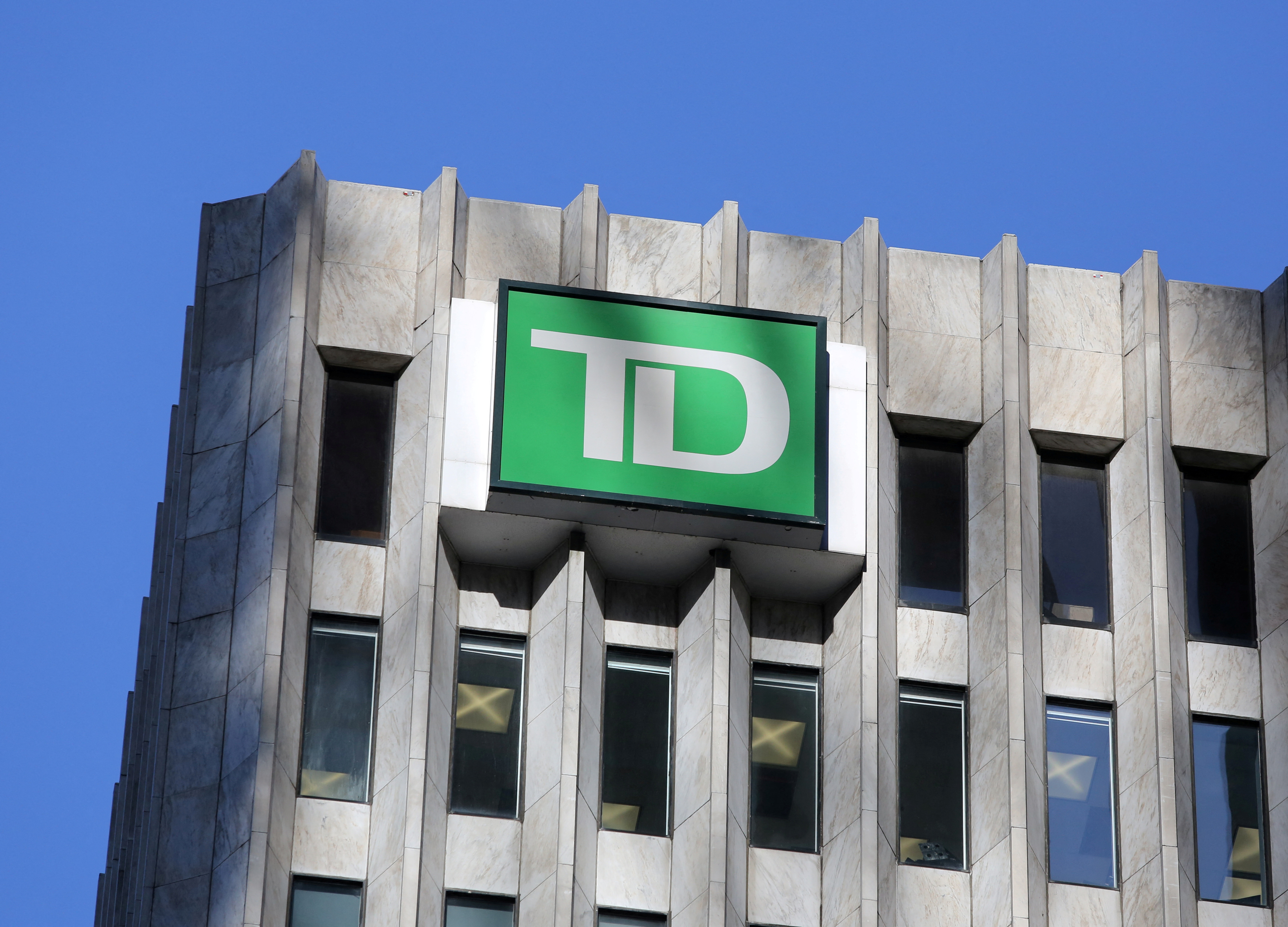Canada’s top six lenders have sufficient liquidity and manageable credit risks which will help them to come out largely unscarred from the crisis of confidence that has sent shockwaves to the global banks over the last two weeks, analysts said on Monday.
The collapse of two the U.S. regional banks- the Signature Bank (SBNY.O) and Silicon Valley Bank (SIVBV.UL) this month –and the Swiss government-brokered deal for UBS (UBSG.S) to takeover Credit Suisse (CSGN.S) has sparked concerns about the health of global banking sector.
“The U.S. contagion is unlikely to spill over to Canadian banks as the issues in U.S. are unique and specific to certain business models or lending activities,” said James Shanahan, banking analyst with Edward Jones to Reuters.

Still, the six top banks have jointly lost 9% or C$57 billion ($41.7 billion) in market capitalization in the past two weeks, according to DBRS Morningstar. In contrast, the U.S. bank index (.SPXBK) has plunged 21.5% in last two weeks.
Canada’s Finance Minister Chrystia Freeland also defended the country’s financial institutions on Monday saying they have capital to survive “periods of turbulence” and shrewd risk management.
Freeland said the government is examining the situation closely and Canadians should be optimistic that at a time of global uncertainty, there is no better place to be than Canada.
On Monday, the Canada’s financial sub-index (.SPTTFS) gained 0.7%. Central Banks across the globe, including the Bank of Canada have opened daily dollar taps to boost the cash flow to banks dealing with liquidity issues.
Canadian banks usually have less exposure to fixed-income securities diversified and stable funding, capital buffers that “should enable these banks to navigate current market turbulence,” said Carl De Souza senior vice-president, DBRS Morningstar.
Canadian Banks have not encountered deposit outflows this month and, as such, “we do not see imminent signs that deposit trends will force the premature sale of bond holdings.”
The positive assurances from the government and market analysts comes after more than a week of market fears and turmoil. In Canada, the financial regulator seized permanent control of the assets of Silicon Valley Bank’s Canadian branch, meanwhile financiers told Reuters that Canada’s technology start-ups would find it more challenging to obtain funding.
Regional Bank Scrutiny
Canadian lenders emerged stronger from the 2008 global financial crisis owing to prudent regulations and since built a reputation for financial stability. The six top banks – including Royal Bank of Canada (RY.TO), Bank of Montreal (BMO.TOO) and Toronto Dominion Bank (TD.TO) – form about 80% of Canada’s banking assets and have evaded scandals or failures that have plagued banks their U.S. and European peers.
The Canadian banks have kept their focus on domestic lending and most of their earnings stem from serving local clients. But in recent years, Royal Bank, TD Bank, BMO, and CIBC (CM.TO) have expanded into the United States by acquiring regional lenders to profit from robust growth in second-tier U.S. cities.
That strategy is now under review since the current bank crisis in the United States was prompted by problems at the regional lenders.
TD Bank, for example, submitted a $13.4 billion bid for Memphis-based First Horizon Corp (FHN.N), over a year ago that is still awaiting regulatory approval. However, last week the regional bank’s stock was hit after the SVB failure.
Buy Bitcoin NowBy Monday late morning, TD shares gained 0.2% and First Horizon rose 3% at $15.28 — still 38% lower than TD’s offer price.
“The market is thinking that TD is in a good position to re-negotiate the deal considering First Horizon is in a tough spot now,” Shanahan said.
TD and First Horizon have moved up the closing date of the acquisition to end of May, with a potential for an extension. TD was not available for an immediate comment.
($1 = 1.3662 Canadian dollars)








